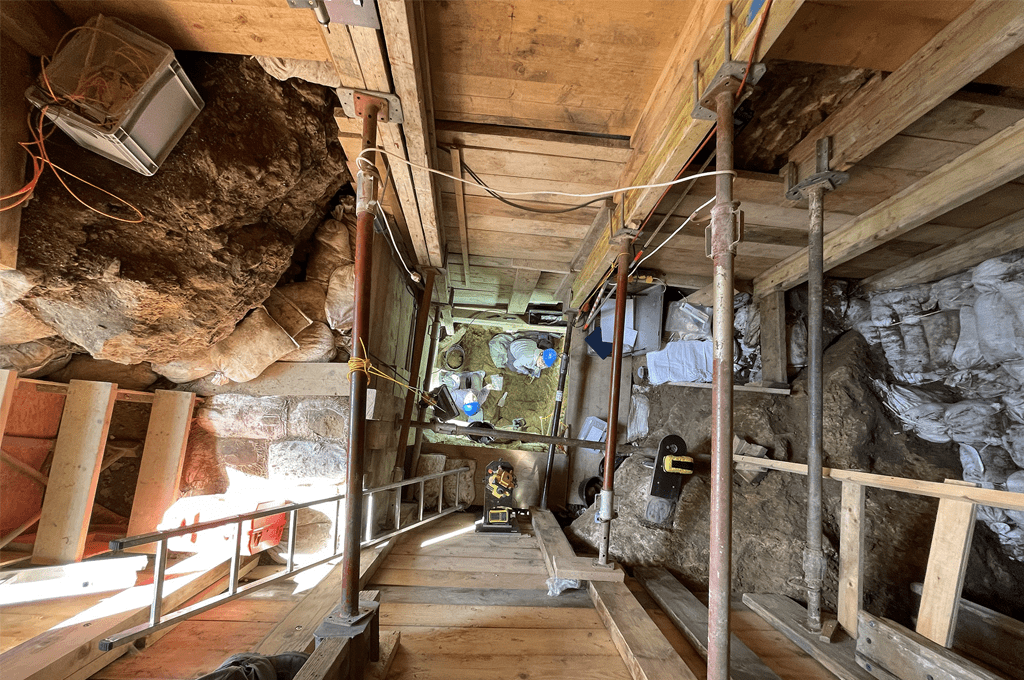Ancient DNA sequencing reveals coexistence of Neanderthals and Homo sapiens
In a recent series of publications in Nature, an international team of researchers focusing on the Ilsenhöhle site in Germany has provided valuable insights into the transition from the Middle to Upper Palaeolithic in Europe, a pivotal period characterized by the regional disappearance of Neanderthals and the spread of Homo sapiens. SciLifeLab National Genomics Infrastructure (NGI) took part in the study by sequencing the ancient DNA put together by the researchers.
“Most of the work was done by Hugo and the research team at Max Planck. Preparing DNA from bone fragments tens of thousands of years old is something that Svante Pääbo has pioneered and developed since the 80s,” explains Mattias Ormestad, project coordinator at SciLifeLab unit National Genomics Infrastructure (NGI). “Infrastructures like NGI at SciLifeLab, providing expertise and service using the latest technologies, is also an important component in the process. We are very happy and proud to have been entrusted to handle and analyze these unique and important samples,” he concludes.
The research team did morphological and proteomic analyses, alongside mitochondrial DNA examination and direct radiocarbon dating on human remains directly associated with a Lincombian–Ranisian–Jerzmanowician (LRJ) assemblage.
The morphological analysis revealed anatomical features characteristic of Homo sapiens, while proteomic analysis identified specific protein markers indicative of Homo sapiens ancestry. Mitochondrial DNA analysis further confirmed the taxonomic identification of the remains, consistent with Homo sapiens lineage. Additionally, direct radiocarbon dating of the associated archaeological layers provided precise chronological constraints, placing these human remains among the earliest Upper Palaeolithic Homo sapiens specimens in Eurasia.
“This study convincingly demonstrates that modern humans lived side by side with Neanderthals for thousands of years. We know this thanks to ancient DNA sequencing conducted at SciLifeLab,” explains Hugo Zeberg, Assistant Professor at Karolinska Institutet’s Department of Physiology and Pharmacology, and a contributor to the study.
These findings challenge previous models of linear transition and support the presence of early Homo sapiens in central and northwestern Europe during the Middle to Upper Palaeolithic transition. Importantly, they suggest that these populations coexisted with late Neanderthals in southwestern Europe for a considerable period, emphasizing the mosaic-like distribution of human populations during this era.
This project underscores the importance of interdisciplinary approaches in understanding the complexities of human evolution. By integrating morphological, proteomic, genetic, and chronological analyses, the researchers have provided a nuanced understanding of the Middle to Upper Palaeolithic transition in Europe, shedding light on the diversity and dynamics of ancient human populations.





